A war baby. When America entered the war in 1917, the nation’s railroads weren’t up to the task of moving the men and materiel needed for the war effort. President Woodrow Wilson nationalized the railroads in December of that year, creating the USRA to take over the nation’s rail network. One of the first steps taken to improve efficiency was to standardize locomotive designs, reducing the time, training, and cost necessary to service and repair them. A locomotive built to USRA specifications could be fixed in any railroad’s shops, regardless of origin. One of these standard designs was the light 2-10-2, or Santa Fe type.
The Atchison, Topeka & Santa Fe bought three 2-10-0 Decapods for pusher service over Raton Pass in 1902. But the long, rigid-wheelbase locomotives had trouble backing downgrade after detaching from their trains. So the Santa Fe ordered a set of 10-drivered locomotives with two-wheel trailing trucks to help guide them around the curves while backing. These 2-10-2s, first delivered in 1903, were therefore known colloquially as Santa Fe types.
Based on the Santa Fe’s locomotive, the USRA came up with two standard designs for 2-10-2s, heavy and light. At the time, the heavy Santa Fe was the largest non-articulated steam locomotive ever built. The light version, after which Bachmann’s N scale model is patterned, was also impressive, weighing more than 270 tons and exerting almost 35 tons of tractive force. With its small-diameter driving wheels, the USRA 2-10-2 was built for strength, not speed. The locomotives were typically assigned to drag freights, such as coal, ore, oil, and steel.
Though the wheel arrangement was originally invented for mountain service, the USRA versions were popular with non-Western railroads, as well. Ninety-four were built, more than half of them going to the Southern Ry. Today, just one survives, Duluth, Missabe & Iron Range no. 506, on display at the National Railroad Museum in Green Bay, Wis.
The plastic boiler has fine rivet detail. The locomotive chassis is die-cast metal. Wire grab irons, handrails, and uncoupling levers are bent from thin wire. The window sash on the cab and doghouse are sharply painted red. The cab interior is painted green, and there’s a detailed boiler backhead.
A photo of a Southern Ry. USRA 2-10-2 in the 1922 Locomotive Builder’s Cyclopedia (Simmons-Boardman, out of print) strongly resembled our sample model. The locomotive’s major dimensions also matched drawings I found in that reference book. Even the wheelbase matches; Bachmann accomplished this by using 53″ drive wheels in place of the prototype’s 57″ wheels to cope with the added space needed for N scale flange clearances. The white bands around the rims make the wheels seem bigger, though.
To improve the model’s tracking around sharp curves, the center set of drivers is blind, i.e., flangeless, just as it was on the prototype. Traction tires on the second and fourth sets gives the model a surprising amount of pull, letting it haul 26 standard N scale cars on straight, level track.
All the locomotive’s wheels are in gauge according to National Model Railroad Association standard 4.2, though they were on the tight side.
Electrical power is picked up from the rails by the first, third, and fifth set of drivers, as well as the front tender truck. Power from the tender truck is transmitted to the engine via a pair of contacts on the drawbar. Though the drawbar readily snaps on and off the engine, there didn’t appear to be an easy way to detach the six wires connecting the cab and tender without disassembling the tender.
The model is equipped with E-Z Mate Mark II magnetic knuckle couplers, which looked oversized next to other brands. The couplers were also mounted .05″ too high, though they still coupled with N scale rolling stock equipped with McHenry and Micro-Trains couplers.
The locomotive started creeping quite slowly at 3.5 volts, though its motion was unsteady at this speed. It smoothed out at 4V, rolling steadily at 3 scale mph. It reached just over 65 mph at 12V DC, a high but still plausible top speed for a small-drivered freight engine.
When I tested the locomotive on DCC, it didn’t start moving at all until I reached speed step 5. At that setting, it crept along at an impressively slow 0.6 scale mph. However, an engine wouldn’t be very useful with 1/7 of its speed range disabled, so I consulted the DCC decoder manual on Bachmann’s website. After programming a value of 25 into configuration variable 2 (starting voltage or Vstart), the model responded to speed step 1 by rolling at 1.5 mph.
I also put the locomotive through its paces on our N scale Salt Lake Route project railroad. It had no problems with the layout’s 11″ radius curves and no. 6 crossovers. The engine would look better on broader curves, though.
A real workhorse. The USRA designed the light 2-10-2 to last. Built for World War I, many of them kept working through World War II and beyond. The Duluth, Missabe & Iron Range retired the last of them from freight service in 1960. One of these long-lived, hard-working engines would look great hauling a long string of coal or ore hoppers on an N scale layout set anytime in the last four decades of steam.
Manufacturer
Bachmann
1400 E. Erie Ave.
Philadelphia, PA 19124
bachmanntrains.com
Road names: Southern Ry.; Canadian National (ex-New York Central); Chicago & Illinois Midland (two road numbers available); Duluth, Missabe & Iron Range; Kansas City Southern (ex-Ann Arbor); Seaboard Air Line. Also painted black but unlettered.
Era: 1918 to late 1950s
Features
- Die-cast metal frames
- Digital Command Control
- motor decoder
- Light-emitting-diode headlight and backup lights
- E-Z Mate Mark II magnetic knuckle couplers, mounted .05″ too high per National Model Railroad Association S-2
- Minimum radius: 91⁄2″
- Operating valve gear
- Prototype-specific tender
- RP-25 contour wheels, in gauge
- Traction tires on two axles
- Weight: 31⁄2 ounces (engine only), 5 ounces (with tender)
- Wire handrails, grab irons, and uncoupling levers





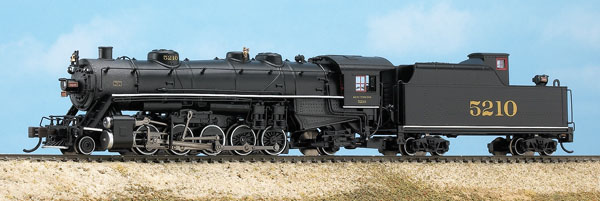
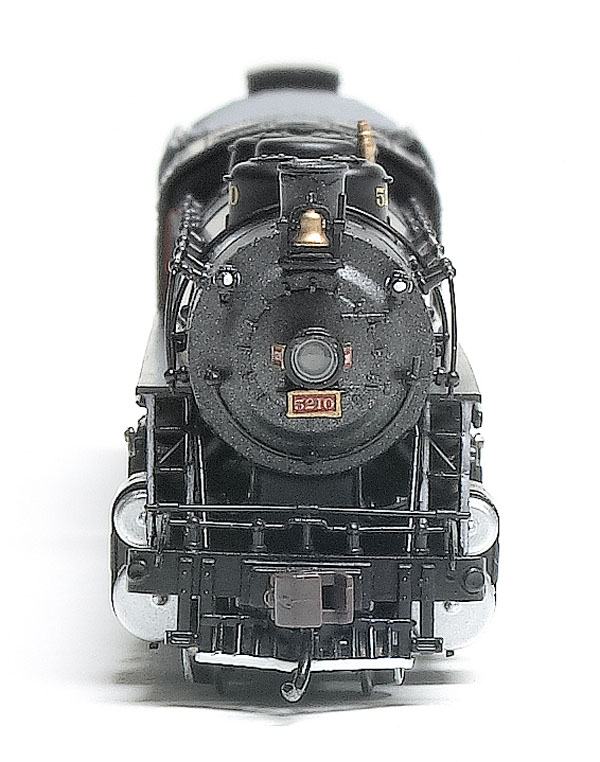
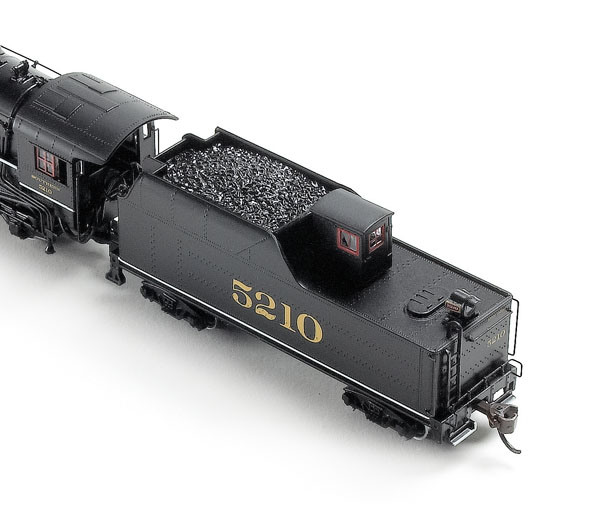
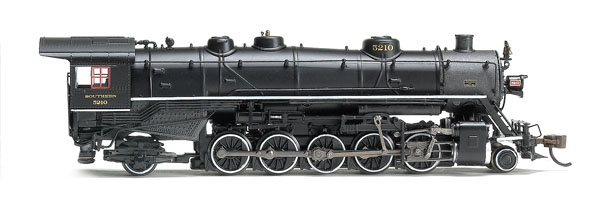
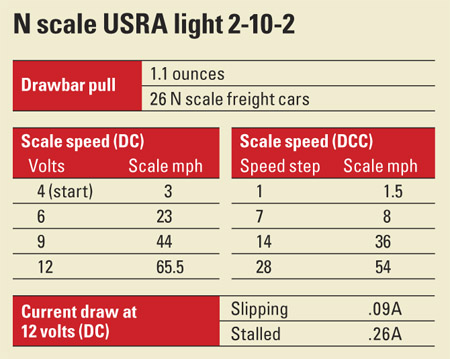

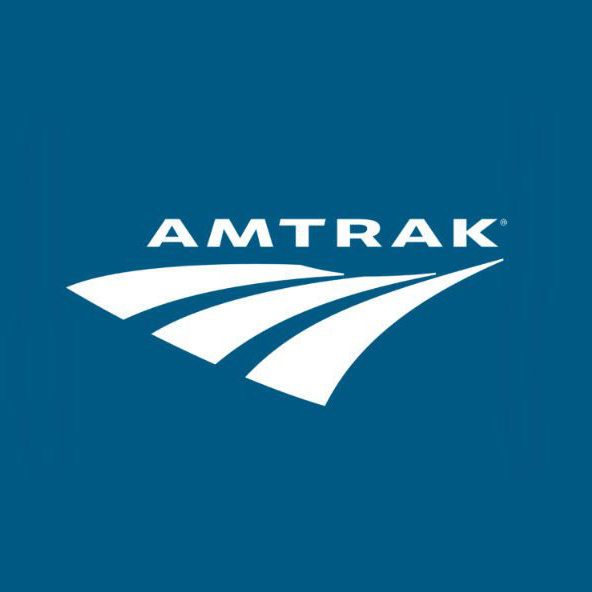
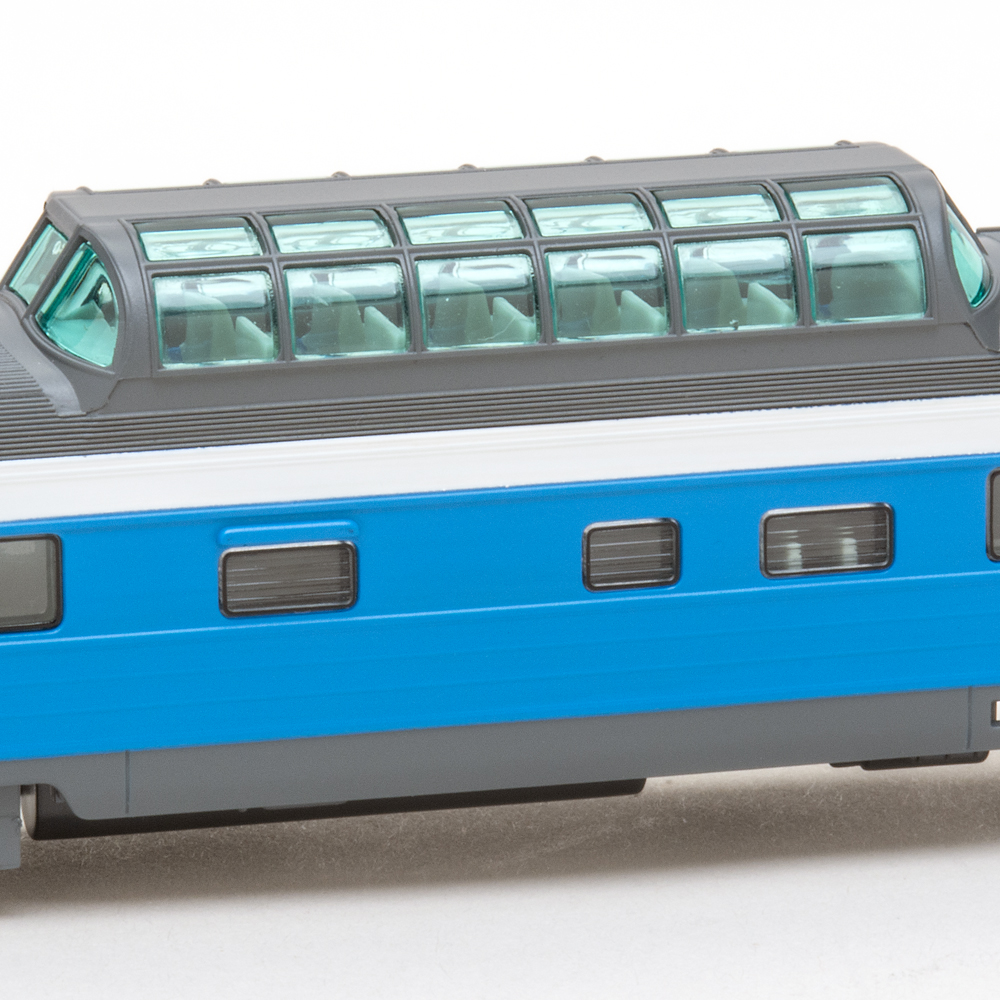
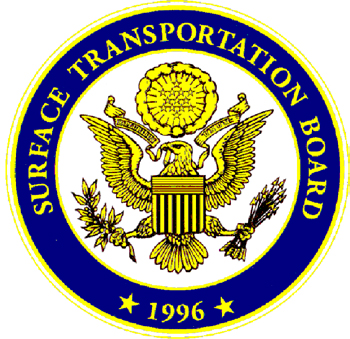
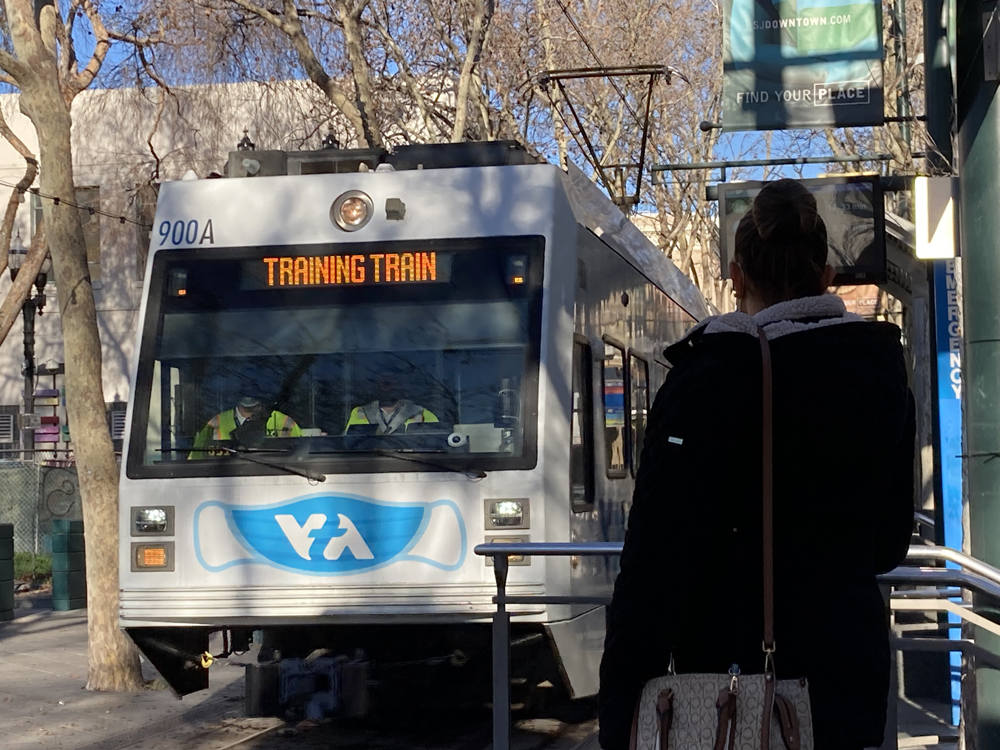




Further to my comment below, I have looked through the Bachmann catalogues and I think there is only C&IM #600 in N scale. It is in HO that Bachmann have provided #600 and #603.
You say "Chicago & Illinois Midland (two road numbers available)". I have found Bachmann #83352 C&IM #600, but I cannot find the loco with the second road number. What is the Bachmann product number, please? May I suggest that you include product numbers in your reviews so that modellers can search online for the products they want?
i got one of ebay right after they came out paid 160.00 for it try it first on d.c now i run it on dcc it run great got the one with dog house on
With regard to road names……I would like manufactures to offer numbered engines with no road name. It is so hard to attach those small road numbers on an unlettered engine. I agree that the large couplers do ruin the appearence of a rather good looking engine. And, since it is a Santa Fe type engine, why don't they offer that road name???
Great looking model. The detail on N-scale just keeps getting better. Most manufacturers always offer an unletttered version. I wish that the manufacturer or MR magazine would supply the information as to the names of other railroads that may have owned these engines. The period era is always helpful, but it would be great if maufacturers would do this with freight and passenger cars also.
I like what I am hearing. What I would really like to see is Bachmann improve on supplying road names and variations. I model the Pennsy and would like to see a variation of the decapod for it. However since I'm not a stickler on every detail, I may go pick up an unlettered version and decals and make a PRR unit for my layout.
i bought one of these the southern i like very much it run great it was wel worth gettin i,m usin 11 curv es
we bought one of these units and use it on friends bigger layout needs the room/space runs perfectly no problems at all. we went on e-bay and found some older passenger cars {6} atf looks great nice addition does not get any better than this. thks senior mrr club 4w 4m
After reading this article it answered questions I had about the radai that it would work on, as well as the quality of the decoder in dc as I have not yet converted to dcc. Rest assured I see one of these in my future. Great article, very informative.
It's a great looking model and seems to have very good performance characteristics. I do think that at this level of modeling accuracy though, manufacturers shouldn't be trying to make N scale equipment still operate on 9-3/4" radius curves. It's not unusual to see an HO locomotive like this designed for 22" or larger radii, which would translate to a 12" radius in N scale.
Just got one at a recent show for just over $200CDN. It is fine on 11" radius on my 2'x11' layout. It needs a long run to match its size. I think CN used a vanderbilt tender and would like one of those. Haven't tested on DCC yet but it runs well on DC. It's fun to just sit back and watch. Nice engine. Would even better with sound.
Is the price correct? All of Bachmann's other N scale steam locos list for $200 and less. And a lot of those have plenty of fine detail. The coupler breaks the illusion though.
Beautiful job of discribing this new product N scale has made giants leaps since the early days Keep up the good work.
I thought these units had a die-cast boiler and all wheel (both trucks) pick-up on the tender, not just the front truck.
I've got an older Con-Cor 2-10-2. I run on DC. I'd love to know how the gearing of the Bachmann model would run with the Con-Cor. Any ideas?
The best loco yet from Bachmann by far. Detail is better than any brass loco, it runs smoothly and tracks well on tight curves, and pulls better than any other rigid steamer.
Very good job by Bachmann !! Mine runs like a Swiss watch.
One minor detail though, Steve, the tender is all wheel pick-up as is standard with the new Spectrum steam models….Mike